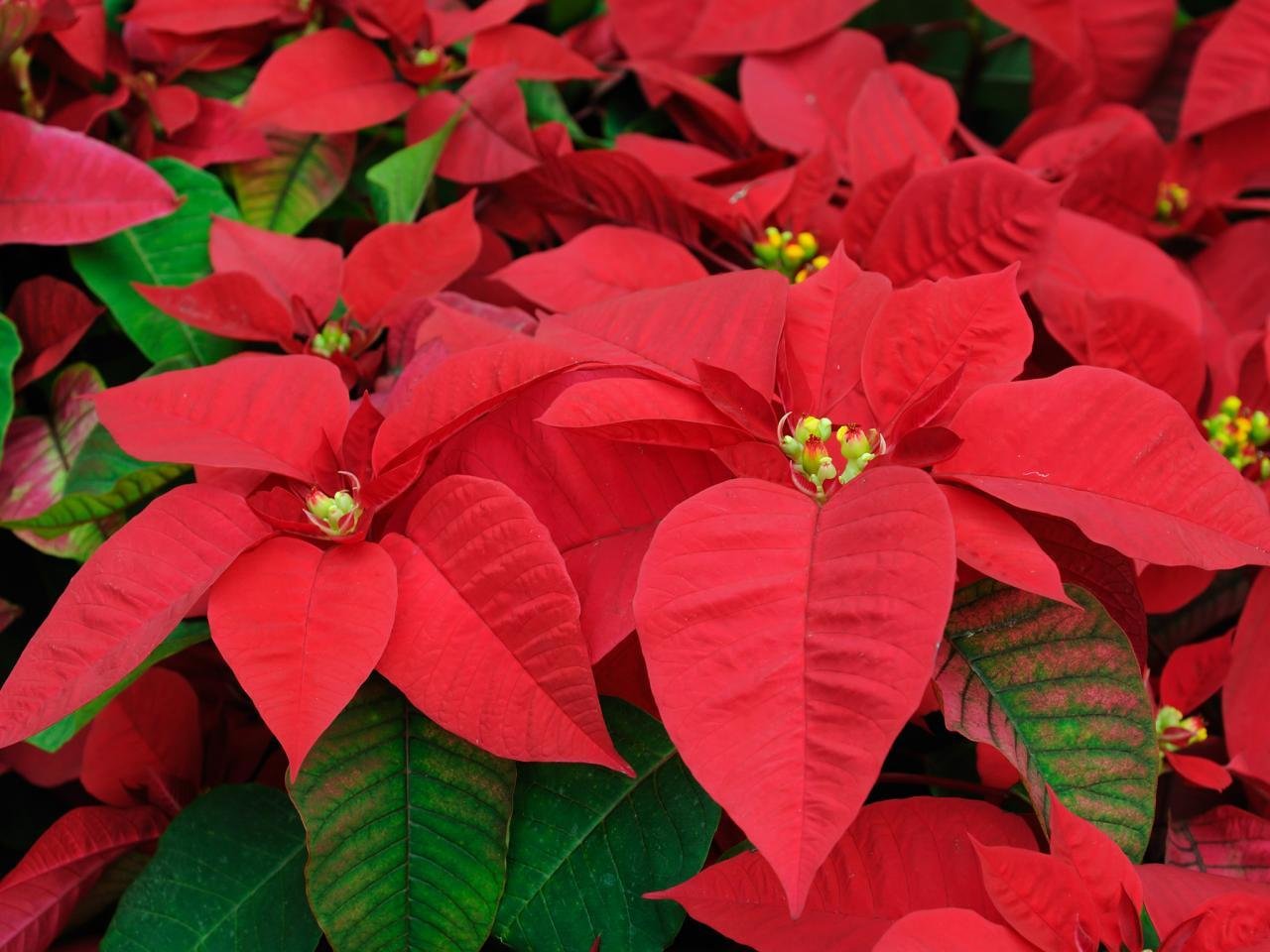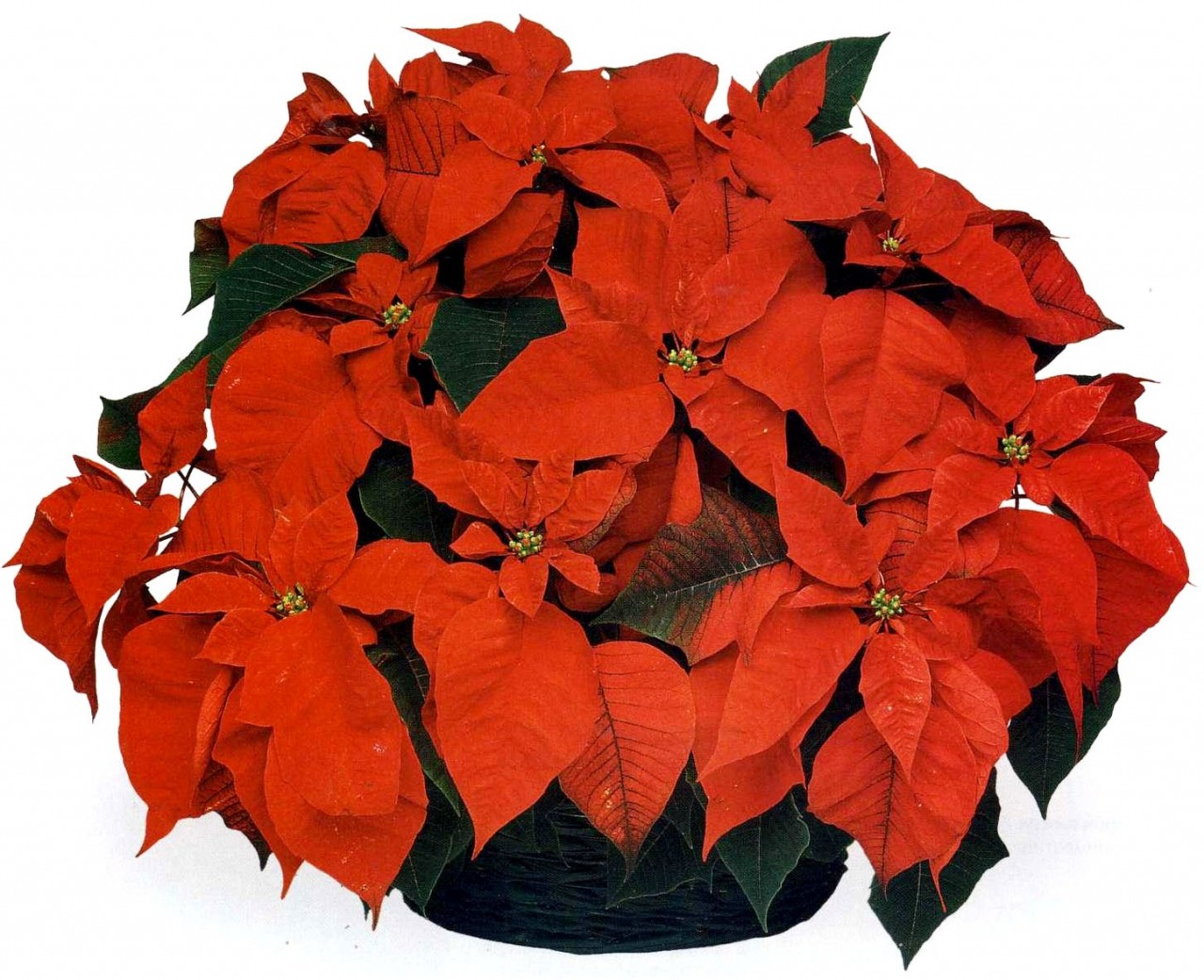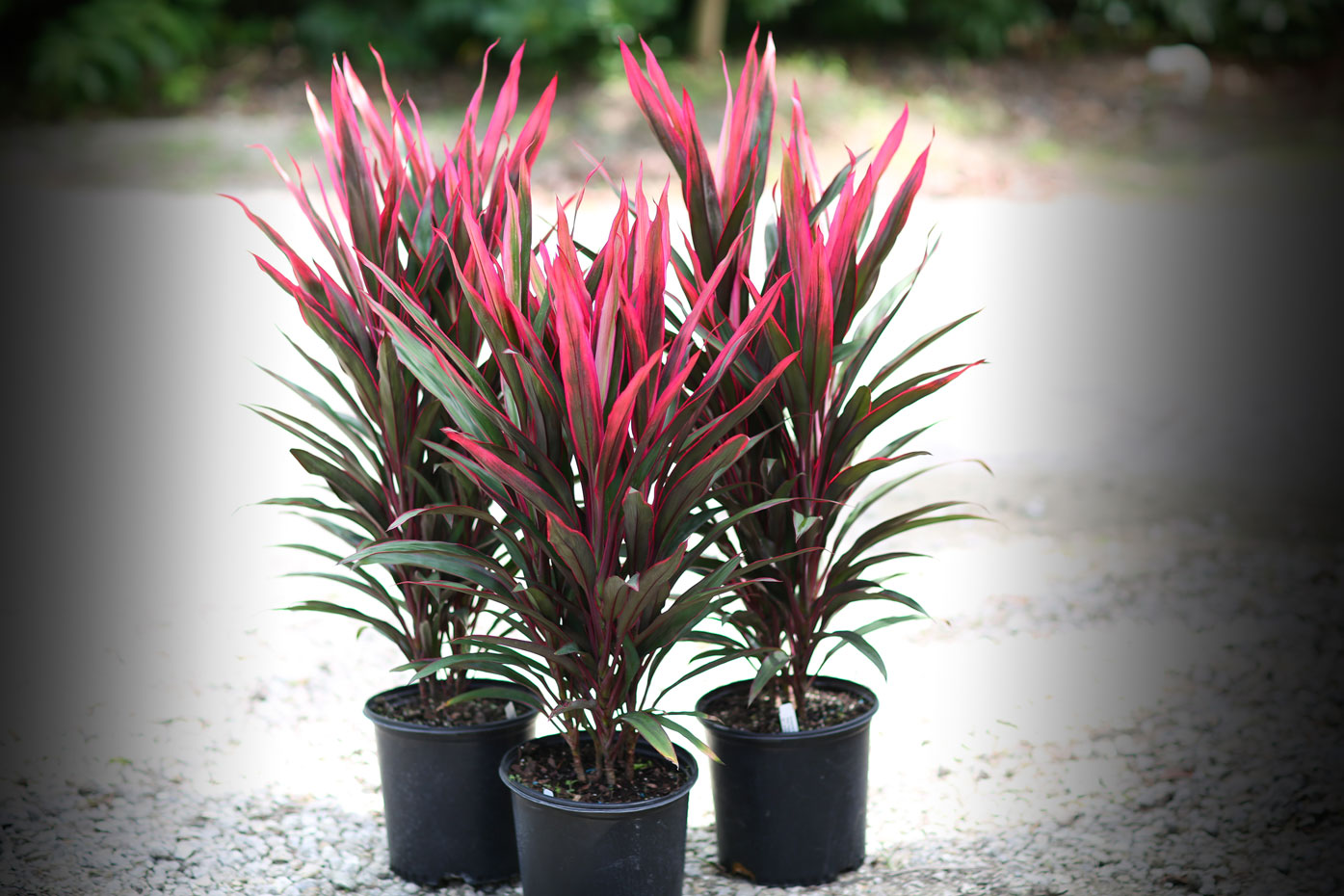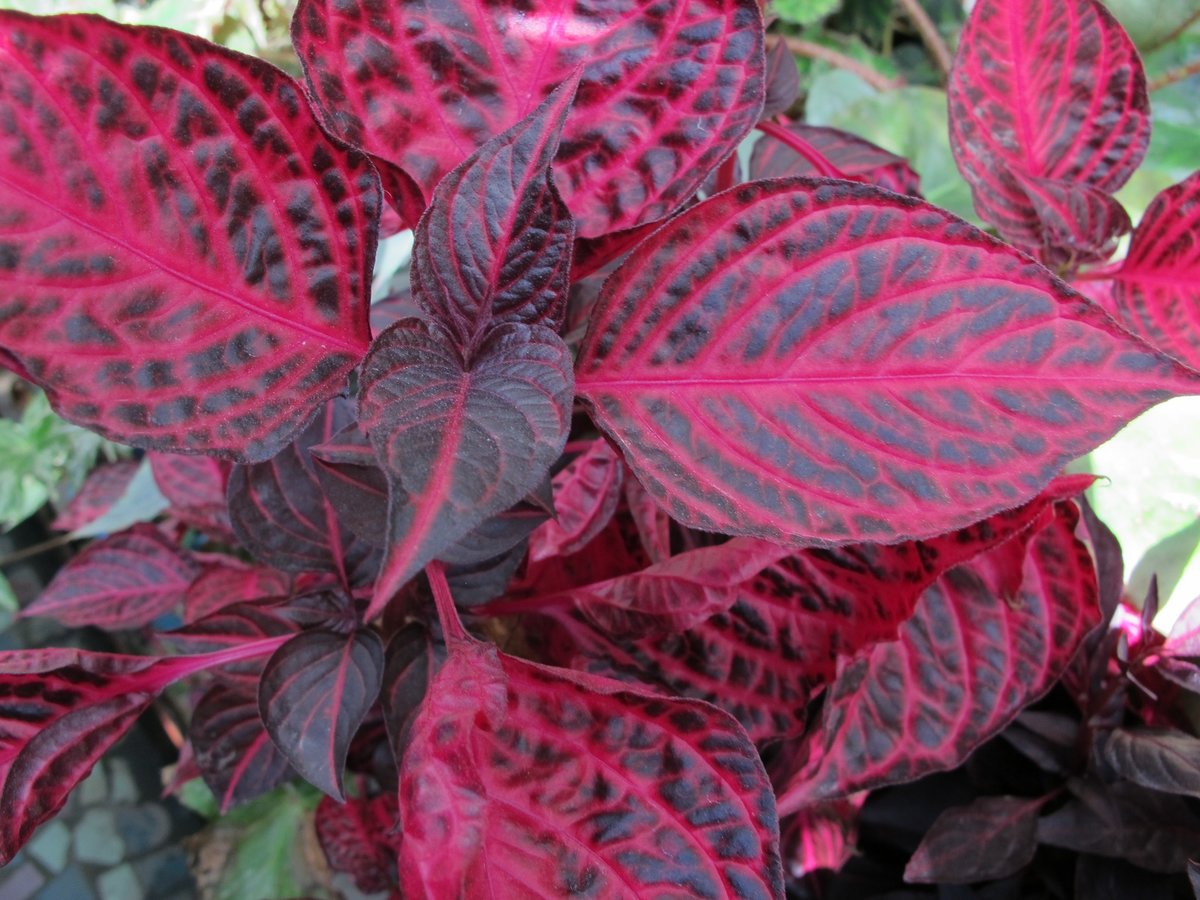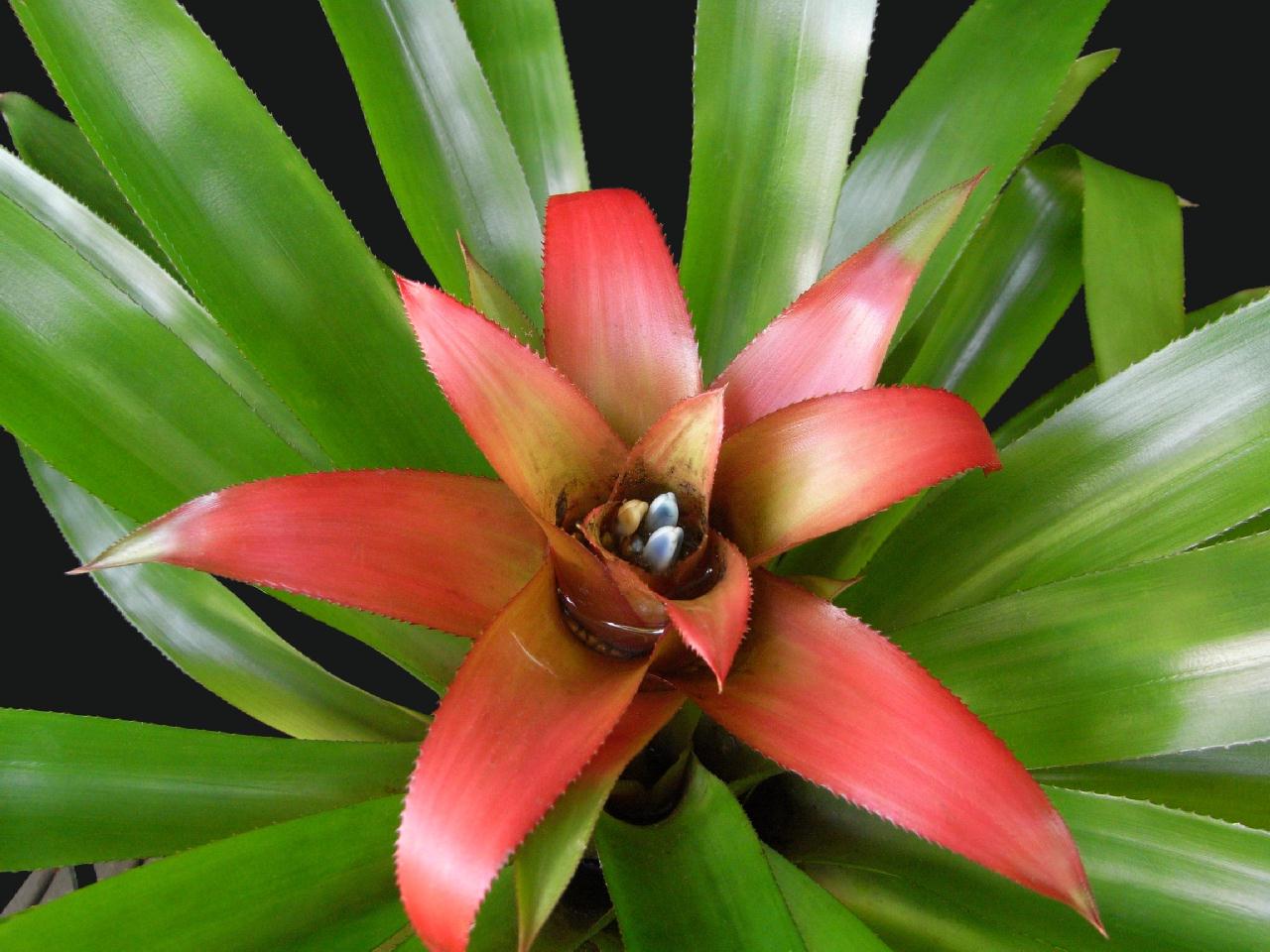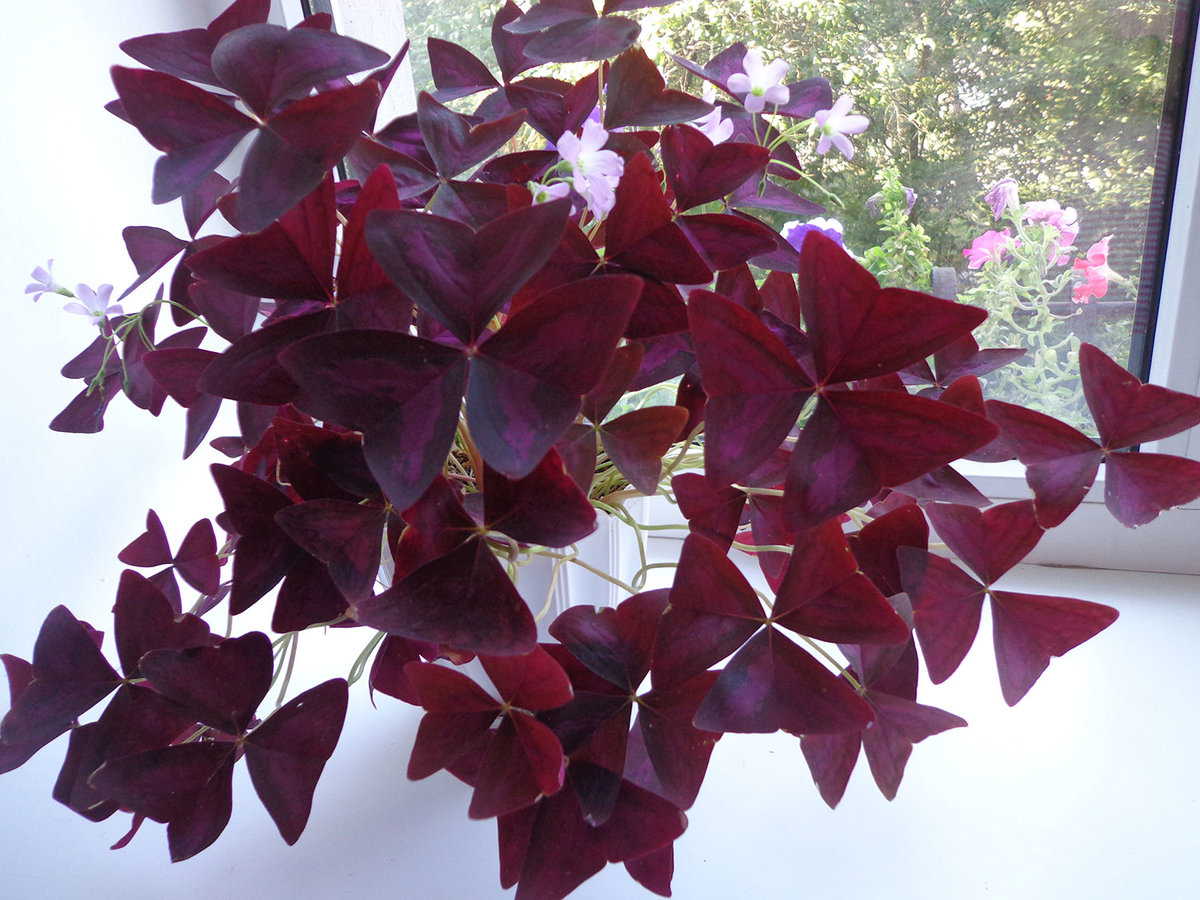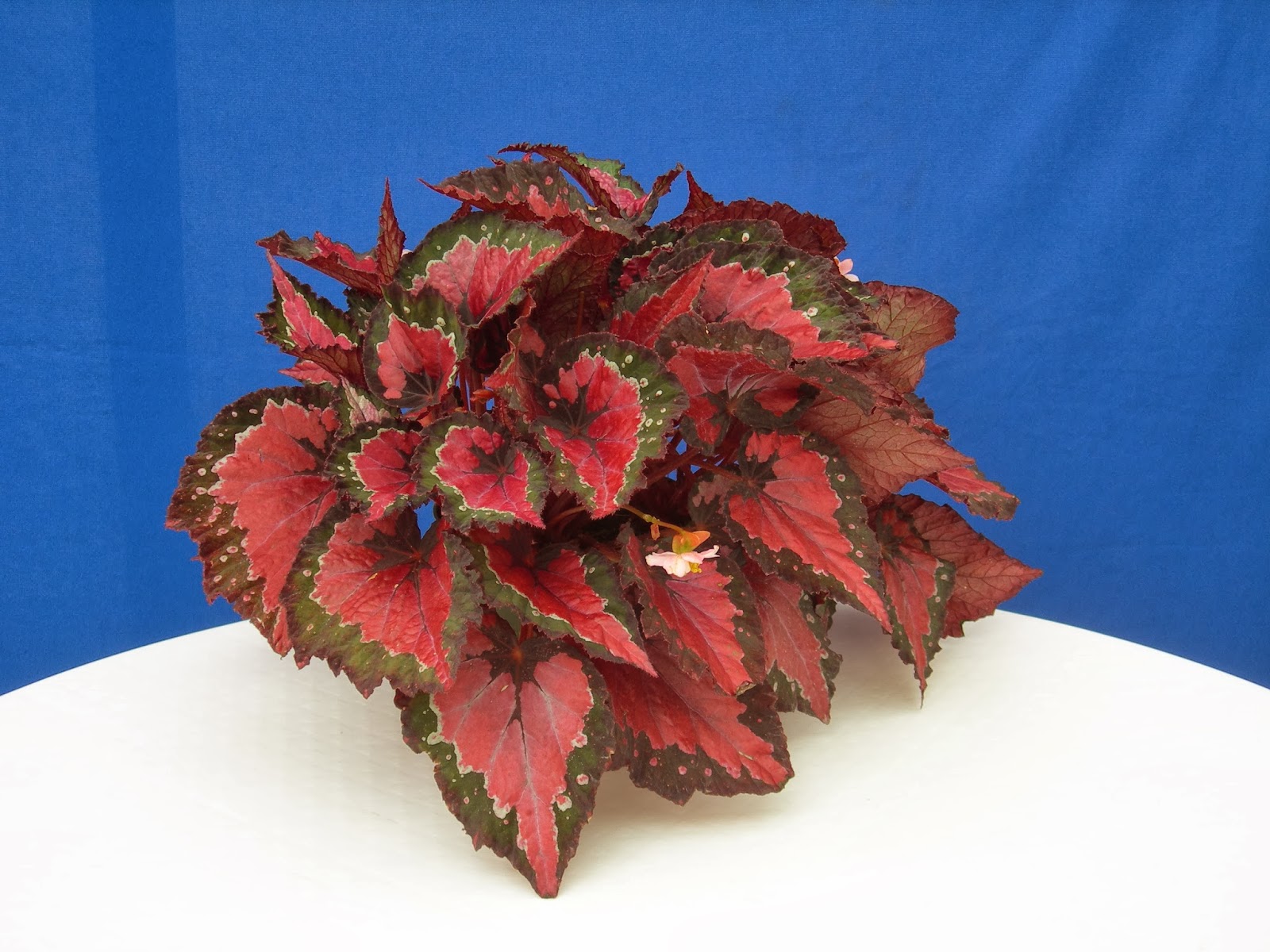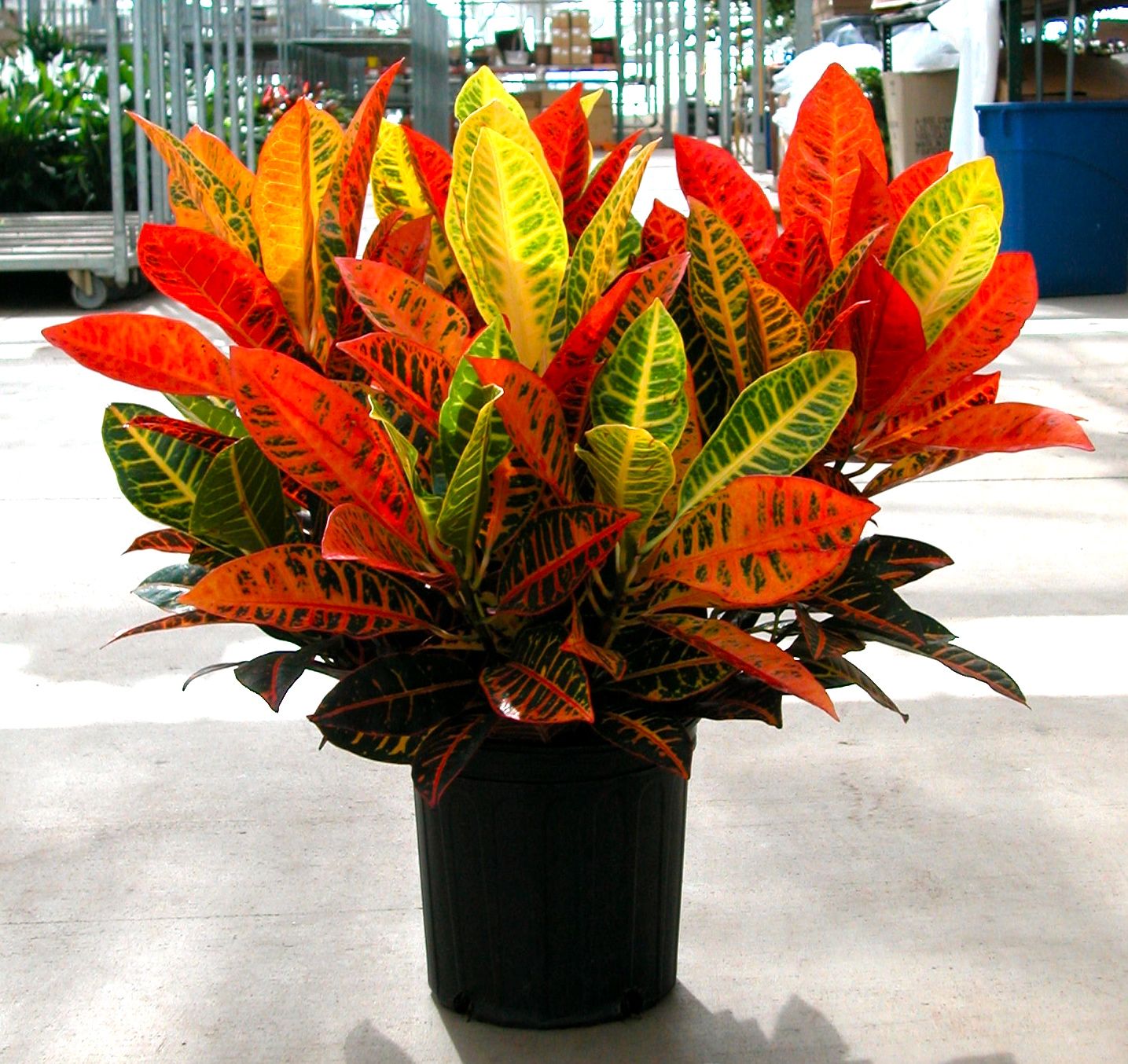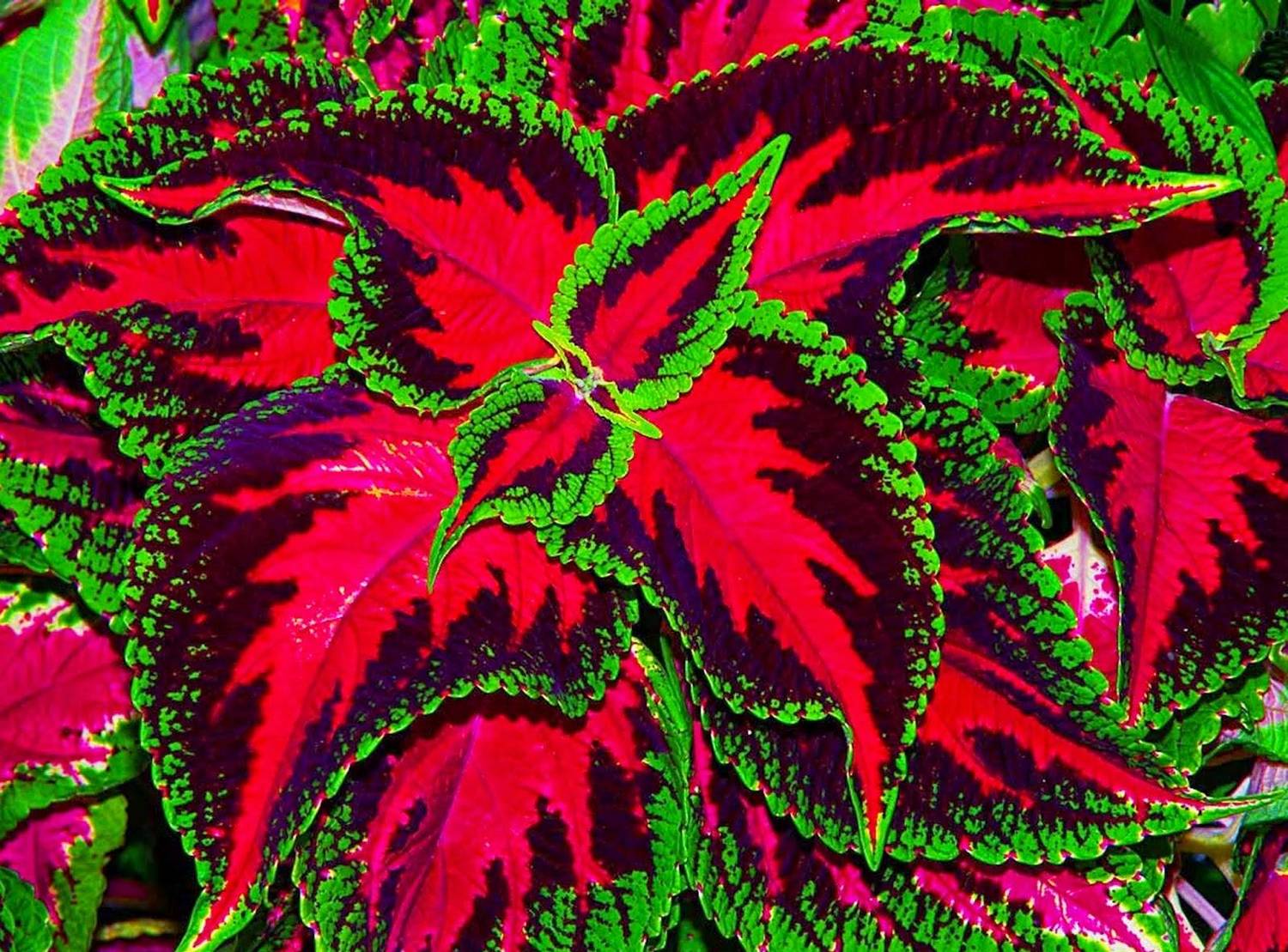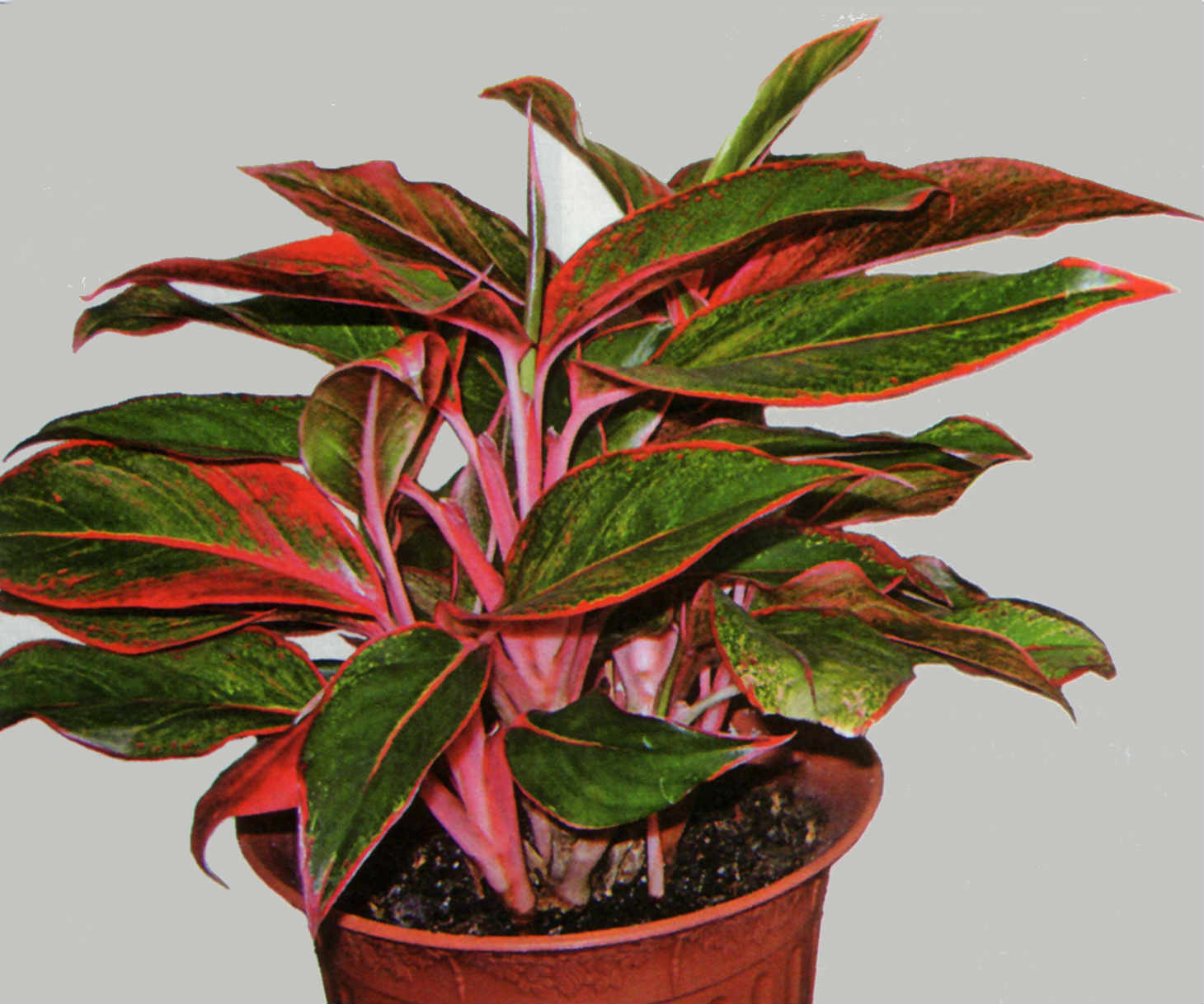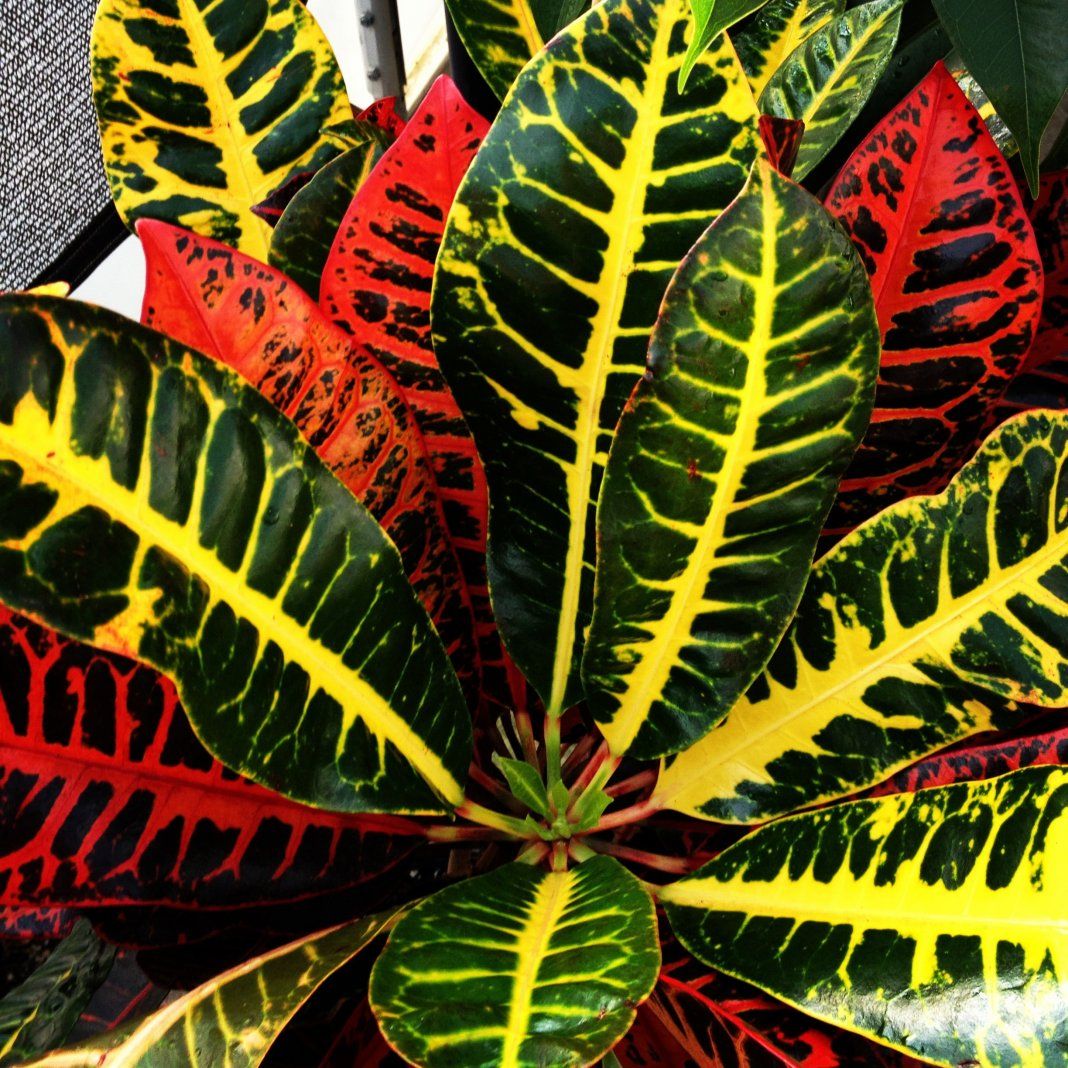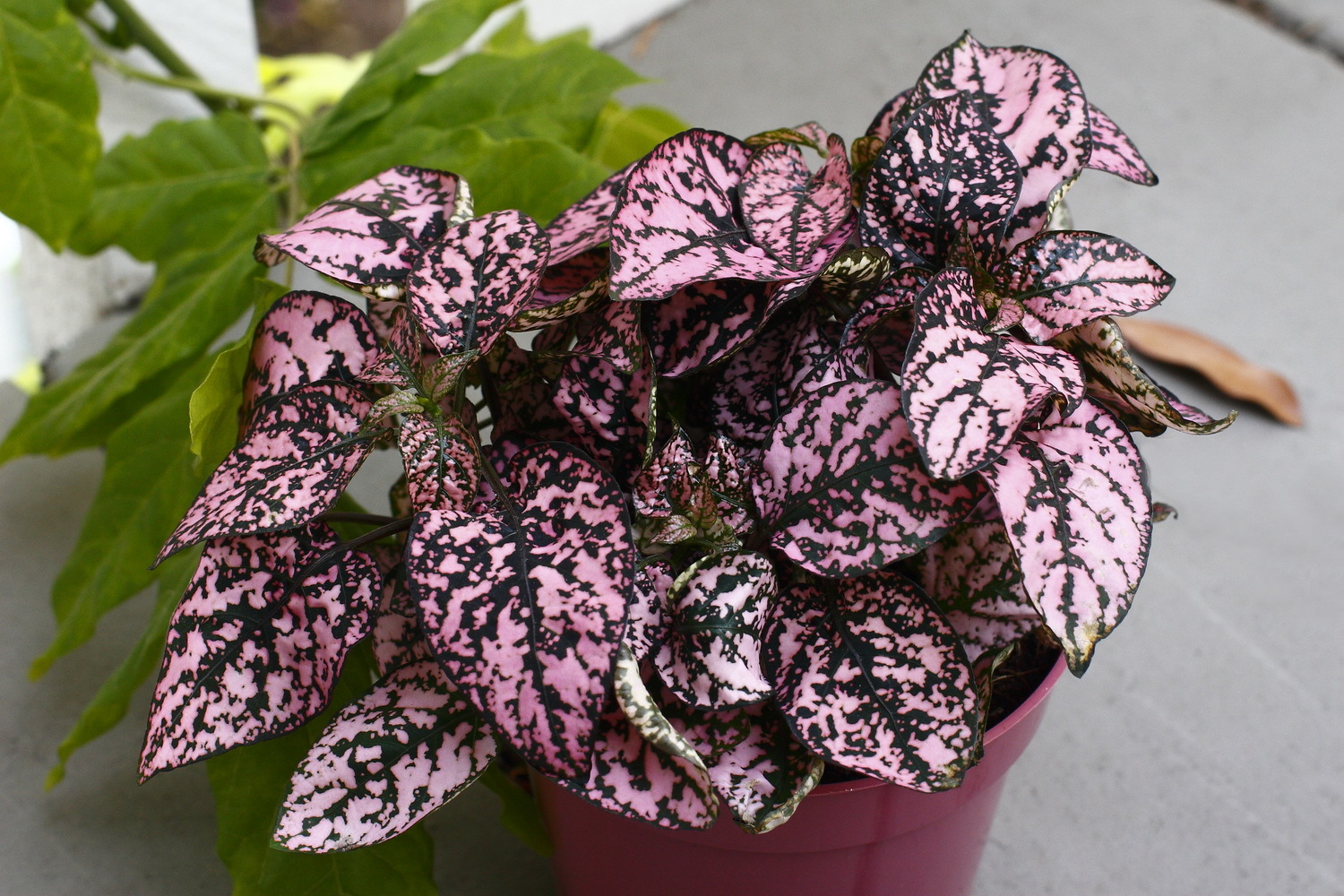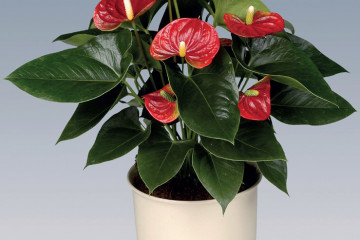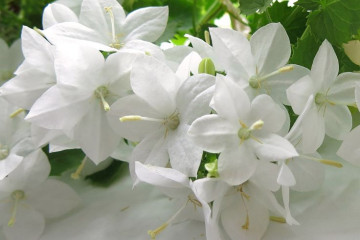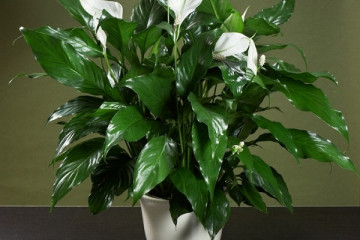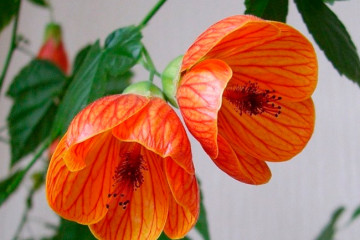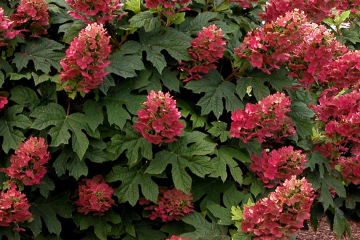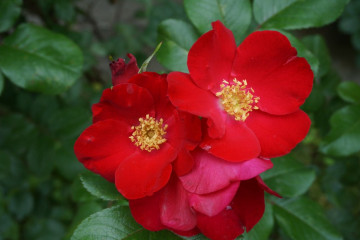What is the name of the indoor flower with red leaves
Content:
Any plant whose leaves have a shade of red looks unusually bright and extraordinary. Particular attention is paid to indoor flowers. They are an irreplaceable part of the design. Most often, an indoor flower with red leaves is an accent point in the interior.
Flowers with bright foliage at the crown
A plant with bright foliage color is the goal of any grower. If there is no such miracle in the apartment yet, then you can choose one of the listed instances:
- poinsettia;
- cordilina;
- irezine;
- nidularium;
- oxalis triangular.
This is a list of the most popular plants that have red leaves on top. In order for indoor plants to please the eye constantly, their color does not fade, it is necessary to familiarize yourself with the nuances of care.
Poinsettia
Poinsettia, or Christmas star, as it is popularly called, is a species of Euphorbia. The second name arose from the presence of bright red foliage at the top of the cap, which usually appears at the beginning of winter. The plant is native to Mexico and Central America. It has a number of subspecies:
- spherical;
- large-horned;
- sparkling.
Poinsettia is picky about grooming. The main thing is to put the plant in a place without drafts and get rid of strong temperature changes. Feels uncomfortable in very hot weather, cannot stand strong shading. It develops well in diffused lighting. She needs to provide abundant watering, constant spraying. In winter, it sheds foliage. During this period, it looks unpresentable. Propagated by cuttings - shoots containing at least five leaves.
Cordilina
A shrub from the Agave family from the tropics resembles a palm tree. But it has nothing to do with palm trees. Rather, relatives of dracaena. It grows in height up to half a meter.
It attracts with its unusual appearance, or rather with elongated red leaves, which are densely located in relation to each other. As it grows, the lower leaves fall off, and the upper ones form a gorgeous hat. There are varieties of cordilina that differ in the color of their foliage:
- green;
- red and white.
Cordilin must be placed in a warm place where the rays of scattered light fall. Dislikes frequent watering. Optimum temperature:
- in the summer period 20-23 ° С;
- in winter time 13-17 ° С.
It responds perfectly to systematic hydration and annual transplants. Waterlogging is detrimental to cordilina.
Irezine
An unusually bright flower from the Amaranth family. Most often it is found with leaves that have an epileptic shape and a red-burgundy color. In addition, there are varieties with greenish leaves with crimson veins.
In care, irezine is unpretentious. It develops well in diffused light, does not react to slight changes in temperature. Can tolerate drought, low humidity readings.
Nidularium
A home plant native to the tropics. Belongs to the Bromeliad family. The flower is characterized by the absence of a stem. Sharp green leaves originate directly from the base.At the top of the plant, red leaf plates appear during the flowering period.
After flowering, the rosette disappears, and in its place several new shoots appear, which also begin to bloom. In this way, the nidularium multiplies rapidly.
Triangular oxalis
The plant is stemless, belongs to the Kislichny family, popularly known as hare cabbage. The foliage is carved, like a clover, red with a purple tint. In the daytime, the leaves tend to rise, and in the evening they begin to fall. It has another name - Madame Butterfly because of the shape of the leaf, which resembles a butterfly.
Indoors, it is located in a place that is well lit. Otherwise, the color of the foliage will change, darken and approach a greenish tint. Watering should be moderate. Periodically in the spring and summer period, they are fed with liquid fertilizers. In winter, it grows at rest.
Plants with reddish green foliage
The choice of indoor plants with variegated colors in red tones is not too large. There are plants with a variety of colors - spotted, streaks, stripes.
The most popular indoor flowers with red-green leaves are:
- croton;
- coleus;
- aglaonema;
- royal begonia;
- cryptantus;
- hypesthesia;
- caladium.
Each of them has its own characteristics, both in appearance and in care.
Plants with a red color on top
Indoor flowers with original color of leaves look spectacular. Their upper part has a bright red-pink hue, and the lower one approaches green.
Begonia royal
It looks quite impressive, pleasing the eye with the burgundy-red color of the leaf plate. Among its relatives, it is the leader in home breeding. The size of the foliage is large, heart-shaped. The plant reaches a height of about 40 cm.
Leaving is uncomplicated. Transplants and top dressing are rare and do not require spraying. Prefers a warm room, good lighting and nutritious soil. It does not tolerate waterlogging of the soil and a decrease in temperature to -10 ° C.
Croton
Indoor plant with red-green leaves, which belongs to the Molochaev family. It has a bright color of the upper part of the foliage, against a red background, a contrasting pattern of yellow or white veins. Below the leaf is green.
Requires constant care, is afraid of drafts and bright lighting, especially direct rays of the sun. The optimum temperature in summer is 20 ° C. In winter, it feels great at 15 ° C. Croton must be watered regularly, constantly sprayed. In the spring-autumn period, it requires monthly feeding.
Coleus
The houseplant coleus is popularly called the poor man's croton. First of all, because of its similarity with croton, variegated colors, and secondly, ease of care. Belongs to the Lipo family, has carved leaves with a bizarre color.
It grows up to 40 cm in height. It can be propagated both by seeds and cuttings. Loves warmth and high humidity, periodic feeding.
Flowers with a bright color below
Specimens of plants with an unusual color look interesting: the lower part is in red, and the upper part is motley. A vivid representative of this type is aglaonema.
In appearance it resembles dieffenbachia. Homeland - India, China and South Asia. The flower is stemless, but over time, a short stem is formed. The lower part of the leaf is colored red, and at the top in the middle there is a pale pink stripe on a green background.
Prefers diffused lighting, develops well at a temperature of 20-25 ° C.In the summer, it is necessary to water regularly, in the winter, only slightly moisten the soil.
Indoor plants with a spotted color
Many of the existing brightly colored varieties are spotted or striped. Such specimens also look interesting and have their admirers.
Codiaum
A flower from the Euphorbia family is picky about the conditions of detention. That is why you rarely see him in an apartment or in a house. Feels great in greenhouses or winter gardens. It is a shrub that grows up to 3 m in natural conditions, in greenhouses it does not exceed 1.5 m. It has several subspecies that differ from each other in crown colors. On the red background of the foliage, there are spots of yellow, orange and white. There are always streaks of contrasting color. This makes the plant even more interesting.
Cryptantus
The flower is native to Brazil and belongs to the Bromeliad family. Stems are absent, the leaf blade originates from the root base. The leaves are shaped like a starfish with a sharp edge. The color is bright: the base of the leaf is bright crimson with the presence of greenish or gray streaks in the form of stripes.
In cultivation, cryptantus is unpretentious. Heat-loving, loves high humidity and frequent watering.
Hypestes
Herbaceous perennial belonging to the Acanthus family. The foliage is red-green, covered with a spotted pattern in a chaotic shape. It grows well, reaches a height of 50 cm. It has strong and hard stems, densely covered with foliage.
Loves frequent watering and good lighting. In shaded areas, the leaves turn pale and lose their attractiveness.
All the presented types of indoor plants with red leaves are original and have their own attractiveness. Each of them can dilute the interior of the apartment, becoming a bright accent. It remains only to choose the plant you like and provide it with the necessary conditions.
